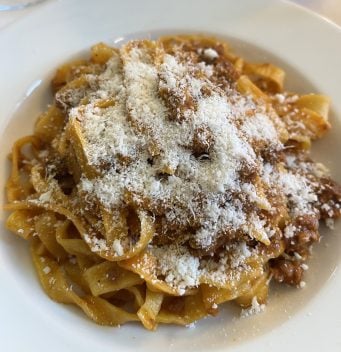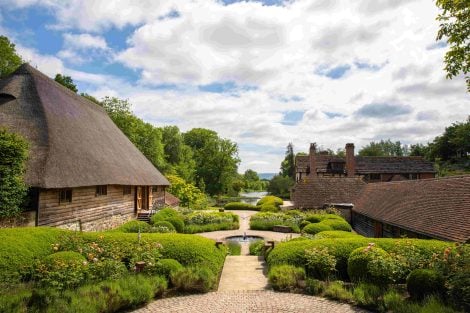When you arrive in Little Italy, you immediately notice one thing that’s true and one that’s false. It is certainly “little”, this New York neighbourhood symbolic of Italian Americans, a street resisting the relentless advance of Chinatown, the largest Chinese district outside of Asia. But there’s absolutely nothing “Italy” about it, apart from the arrogance of the outdoor seating areas which here, uniquely in the Big Apple, push aggressively out in front of shopfronts, taking over pavements and roads.
But the table invasion is only one piece of a visual representation of Italian food culture that has haunted Mulberry Street for years. A portrayal that’s quite depressing, stuffed with clichés about grandma’s cooking and poor-quality fresh pasta. After returning once again, as I’ve done in the past, I wouldn’t recommend it to anyone.
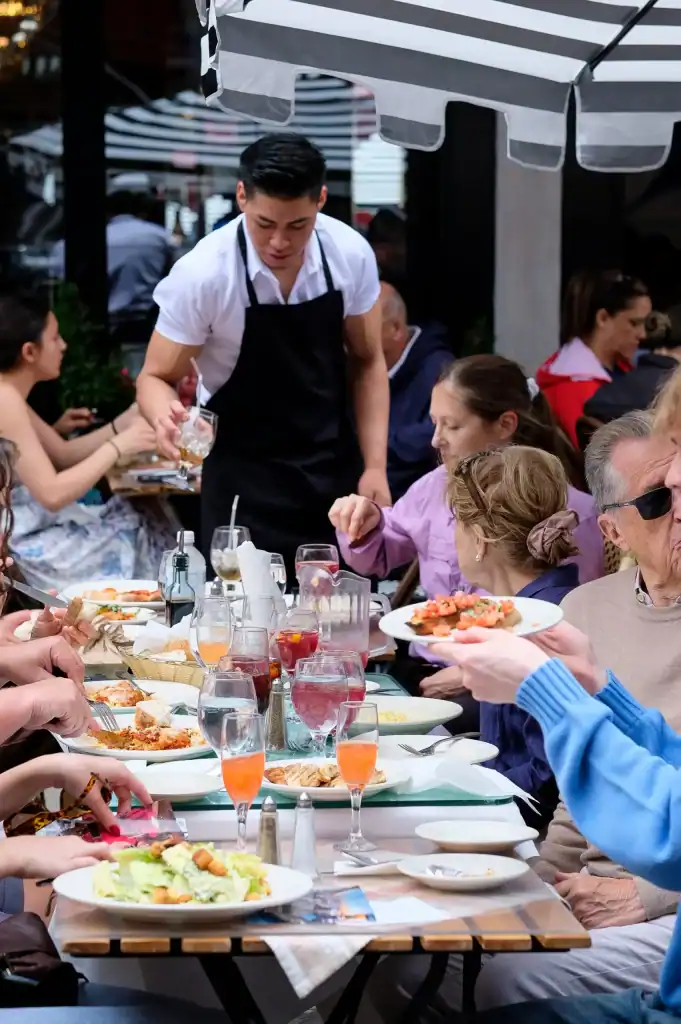
Mass tourism has devoured everything, even the little that remained of the neighbourhood where, in the early 1900s, hundreds of thousands of Italians settled. From 1860 to 1880, at least 68,000 compatriots established themselves in the city, passing through Ellis Island, the small island where strict inspections took place—now home to a museum and monumental archive. By the 1920s, the number had risen to nearly 400,000. Many resided in Little Italy in Lower Manhattan, while many others moved to East Harlem and created a larger Little Italy there.
In the original Little Italy, new arrivals followed clear settlement patterns: Campanians mainly settled around Mulberry Street, Sicilians on Elizabeth Street, Calabrians and Apulians on Mott Street, and Genoese on Baxter Street. Today, none of that remains—only a few signs awkwardly winking at Italy, and actual Italians are few and far between.
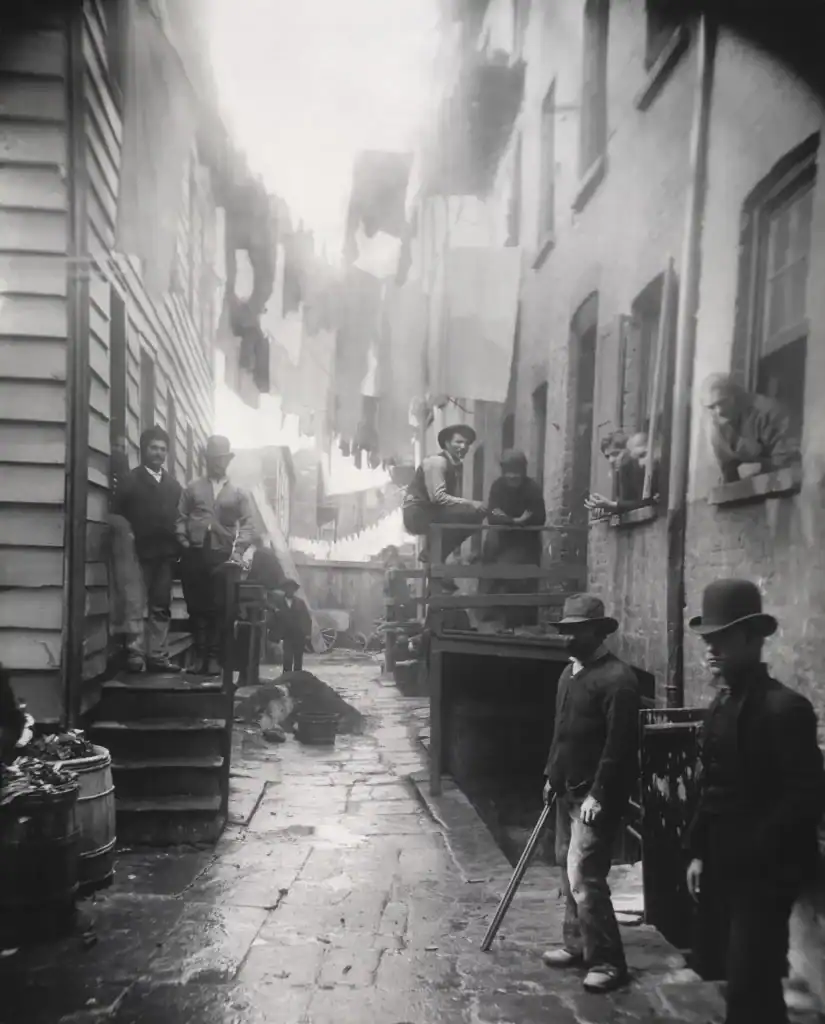
"The bandits’ hideout, Mulberry Street (1888), photograph by Jacob Riis"
When Little Italy was big
All that remains of the neighbourhood where Italian migrants lived is the white sign hanging at the entrance to the main street. Iconic, yes, but still just a sign.
On one side, as mentioned, the area has been absorbed by Chinatown; on the other, colonised by neighbouring SoHo and renamed Nolita —a quirky name that is simply short for “North of Little Italy”.
The neighbourhood is no longer the one seen in Jacob Riis’s iconic photographs, nor the one known for mafia legends and Martin Scorsese films. Mulberry Street is no longer what it was in the 1950s and 60s, with cafés, shops, hardware stores, the knife sharpener, morning greetings and evening chats, dialects echoing through the streets.
The director and film producer grew up just two streets away, on Elizabeth Street, which at the time was home to Sicilians, and served as an altar boy at Old St. Patrick’s.
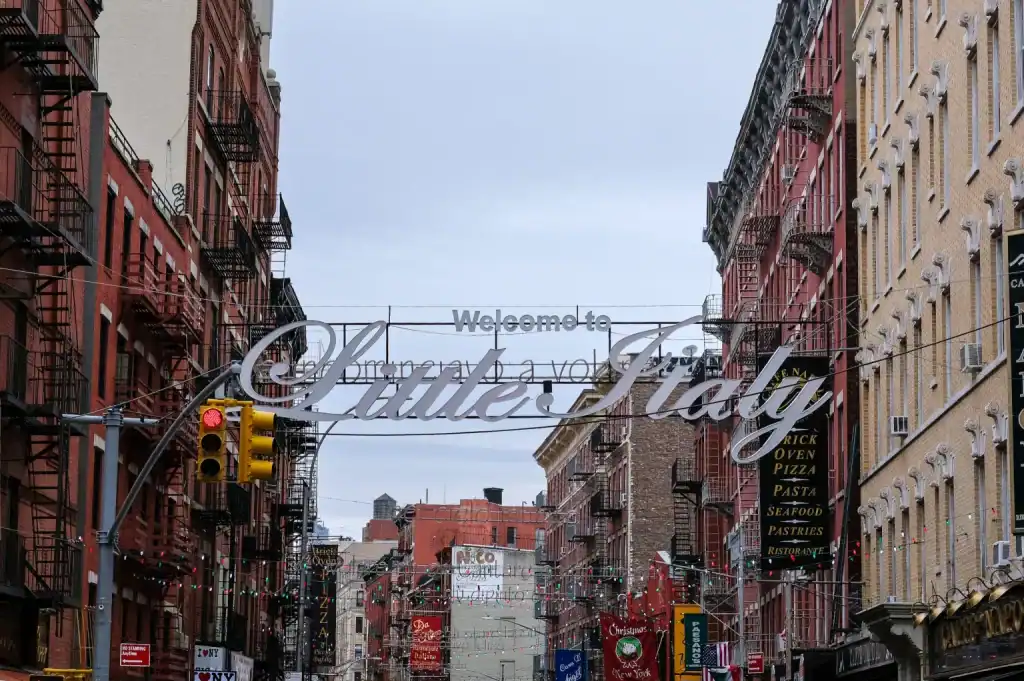
The large sign at the beginning of Mulberry Street
Restaurants and venues are packed with visitors and often serve mediocre food. Menus are nearly all identical: hot starters, aubergine rolls, mussels, more mussels, and still more mussels, scampi galore, Venetian-style carpaccio, arancini, pasta e fagioli, minestrone, the obligatory prosciutto and mozzarella, year-round caprese salad, “diavolo” pizza, lemon veal, parmigiana of course, a surprising Treviso salad, the unknown pasta with rooster crests, pasta primavera, fettuccine Alfredo, spaghetti carbonara, spaghetti with meatballs, “linguine vongole”, ravioli, bucatini, tortellini, lasagne galore, mushroom pappardelle, rigatoni alla vodka—and the list goes on. A jumble of Italian elements that gives you a headache.
Entire chapters are dedicated to chicken: chicken francaise, chicken cacciatore, chicken piccata, chicken scarpariello, chicken saltimbocca, chicken Marsala, chicken romana, chicken Sorrentino, chicken rollatini, chicken arrengenatti.
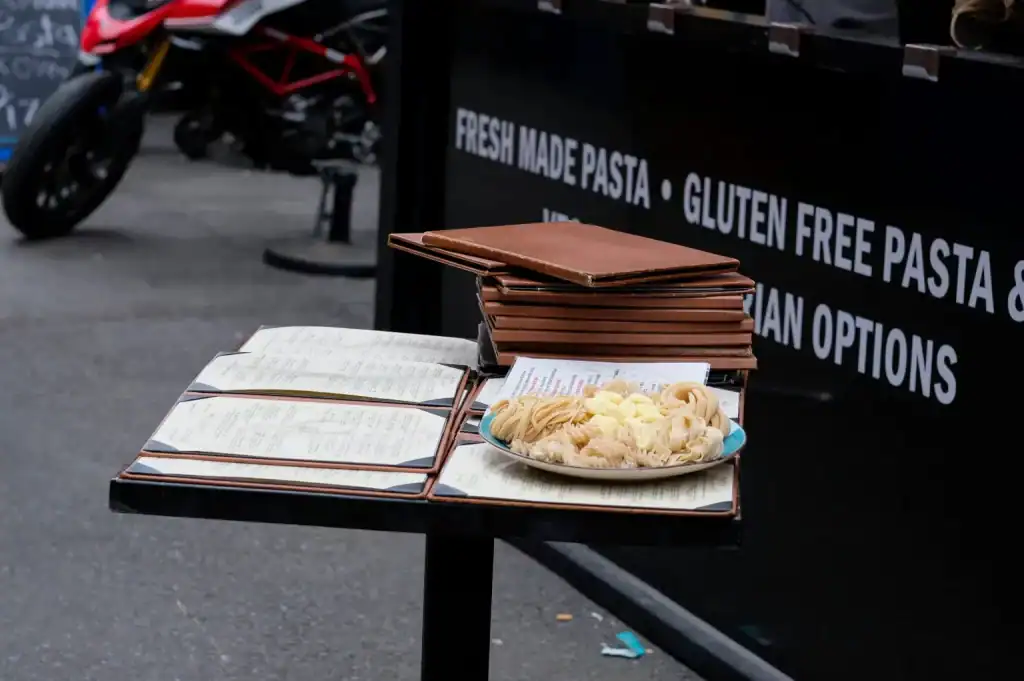
Why not to go to Little Italy in New York
You could say it happens with all cuisines—Chinese food here isn’t what you’d eat back home in China. And “Chinese cuisine” doesn’t mean much, just as “Italian cuisine” doesn’t, since gastronomy around the world has deep regional nuances. True, very true. What’s served in Little Italy in New York, as in other US cities, is above all Italian-American cuisine—a rich tradition born from our compatriots who emigrated out of necessity. A culinary culture that deserves respect just as much as that of the homeland (as our Eleonora Baldwin, an Italian-American, has been trying to narrate for years), but today in that neighbourhood, no one really wants to highlight it.
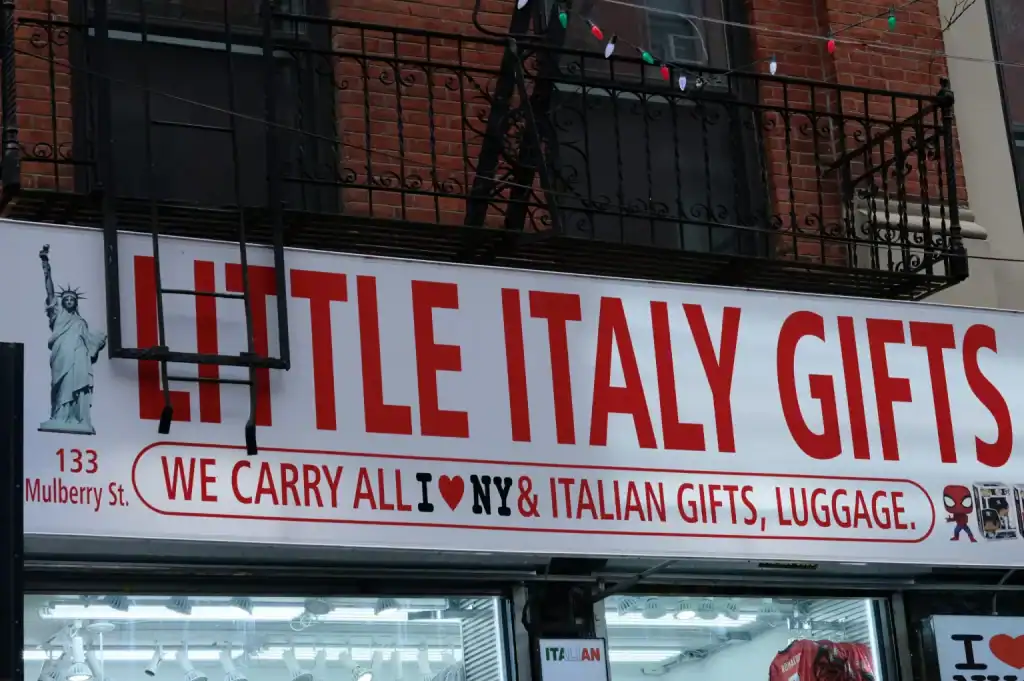
The resident Italians have gone—the largest communities are now in Brooklyn, the Bronx, and Astoria—and in their place is a circus with a single aim: to attract tourists not particularly interested in authentic experiences, but eager to gorge on poorly executed dishes. Which, let’s be honest, is the issue with tourism in general—we all tend to go to the same places, the same cities, the same streets.
Given these variables, the grotesque spectacle of Manhattan’s Little Italy is such that no Italian should bother stopping by once in New York. Aggressive hosts ushering you in, standardised food offerings, souvenir shops selling t-shirts with tricolour slogans (“Nonna’s Little Meatball”, to name one), mandolin music playing in the background.
Don’t go—it’s a waste of time. The city has so much better to offer, and there are—elsewhere, of course—many Italian or Italian-American restaurants well worth trying. Have your pizza somewhere else.

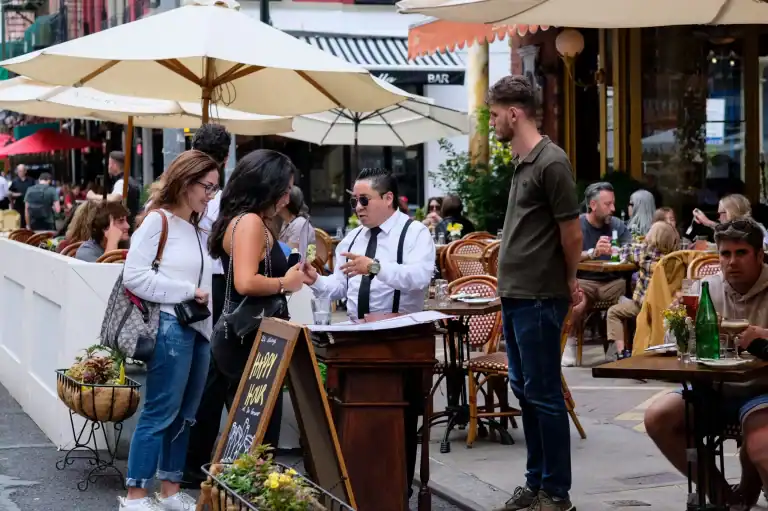
 Why Arillo in Terrabianca's organic approach is paying off
Why Arillo in Terrabianca's organic approach is paying off What do sommeliers drink at Christmas?
What do sommeliers drink at Christmas? The alpine hotel where you can enjoy outstanding mountain cuisine
The alpine hotel where you can enjoy outstanding mountain cuisine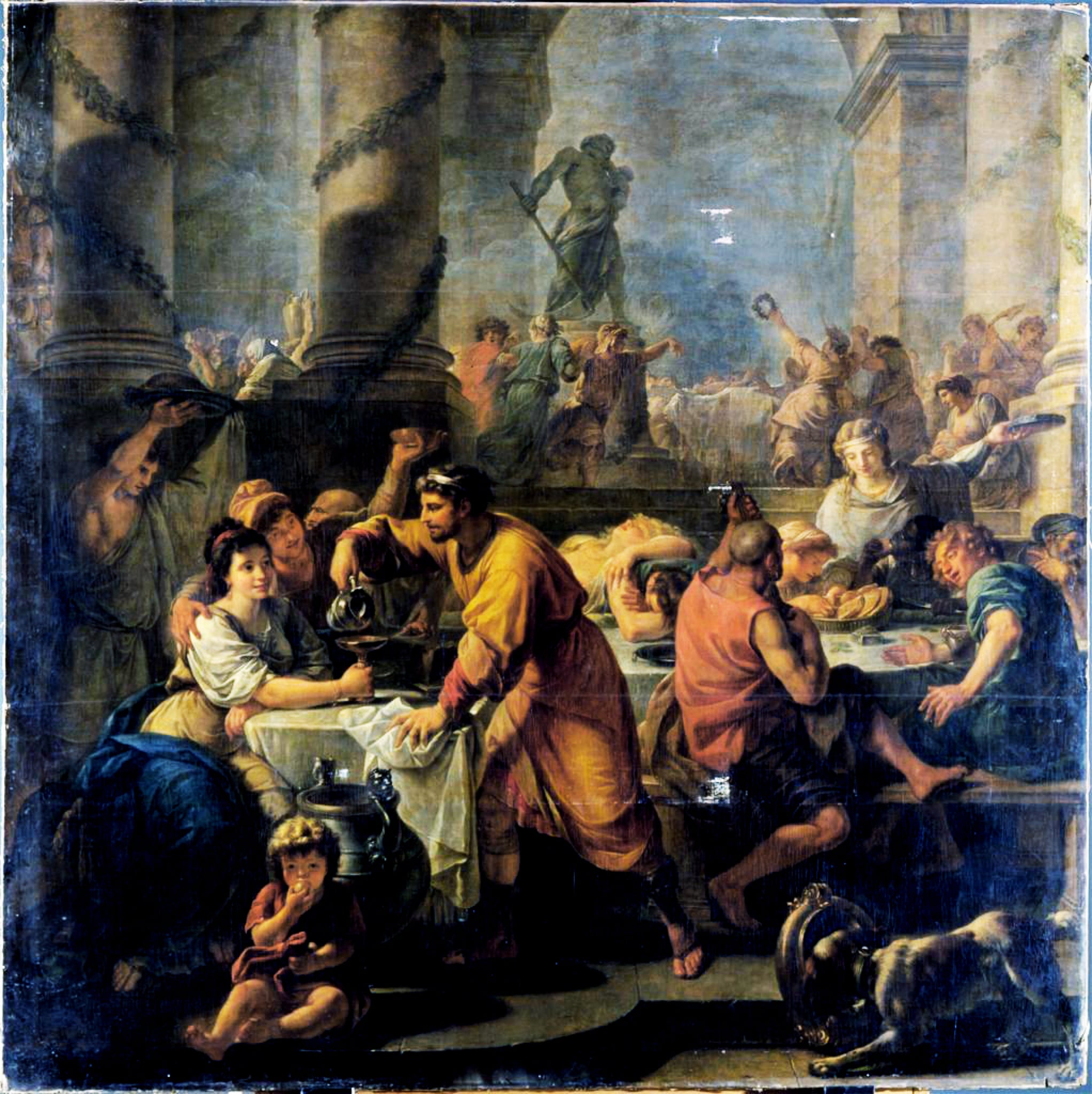 Io Saturnalia! How to celebrate the festive season like an Ancient Roman
Io Saturnalia! How to celebrate the festive season like an Ancient Roman



